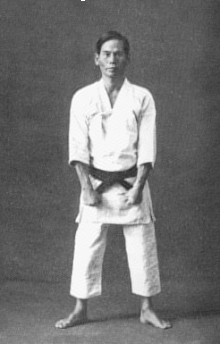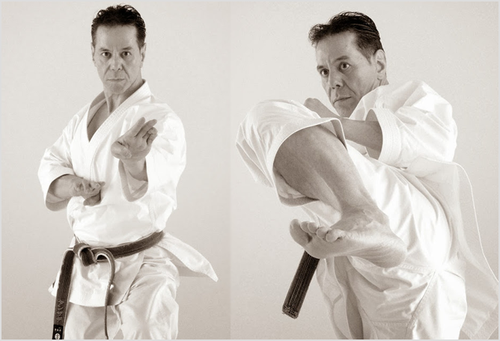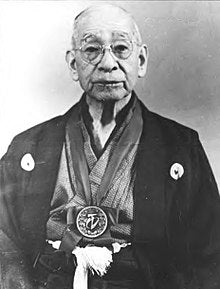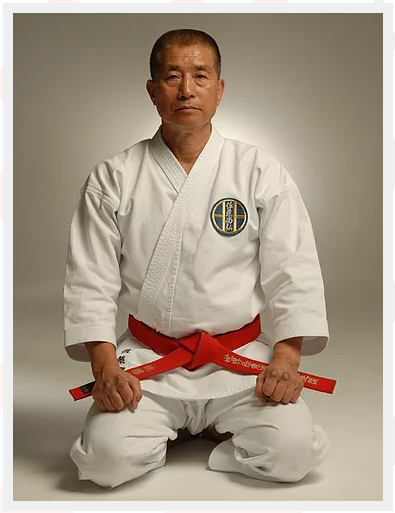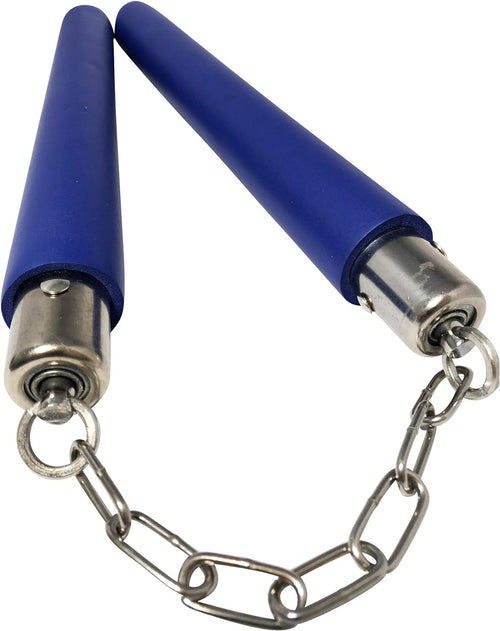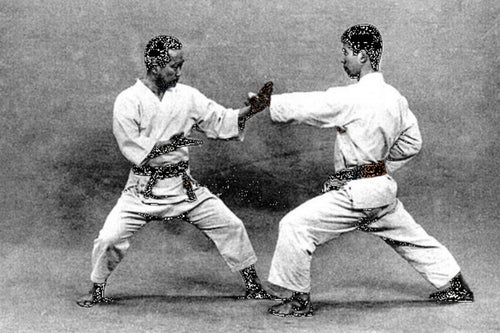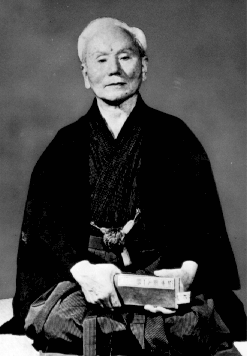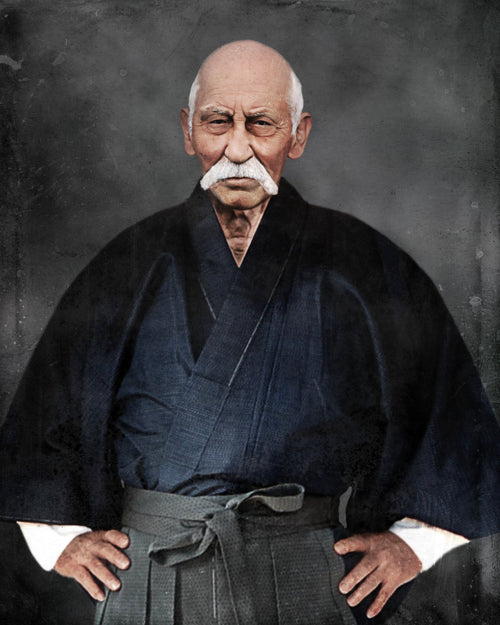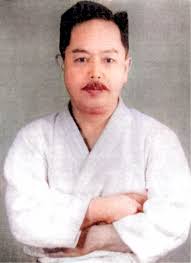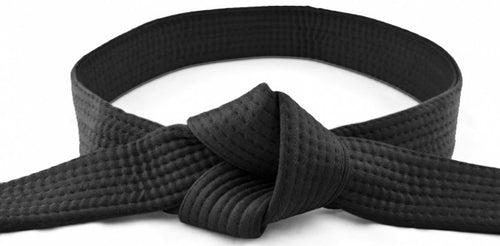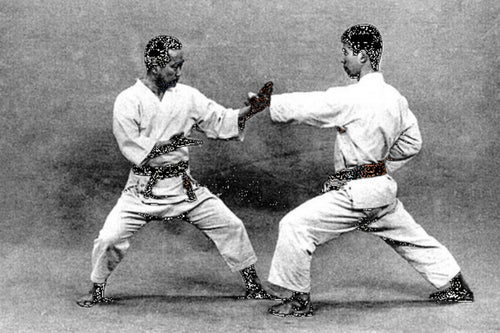When it comes to martial arts, two disciplines that often come to mind are karate and kickboxing. Both are popular combat sports that have their own unique characteristics and techniques. In this article, we will explore the key differences and similarities between karate and kickboxing, as well as delve into their origins and training methods.
Karate
Karate is a Japanese martial art that focuses on striking techniques such as punches, kicks, knee strikes, and elbow strikes. It emphasizes powerful, linear movements and is known for its use of various stances and forms, known as kata. Karate practitioners also learn self-defense techniques and sparring drills to apply their skills in a real-world setting.
One of the main aspects of karate is its emphasis on discipline and respect. Practitioners are expected to adhere to a strict code of conduct and etiquette, both inside and outside the training hall. Karate training also promotes physical fitness, flexibility, and mental focus.
Origins and Styles
Karate originated in the Ryukyu Kingdom (now Okinawa, Japan) and was influenced by Chinese martial arts. Over time, different styles of karate emerged, each with its own variations in techniques, forms, and training methods. Some of the popular karate styles include Shotokan, Goju-Ryu, Wado-Ryu, and Shito-Ryu.
Shotokan karate, founded by Gichin Funakoshi, is one of the most widely practiced styles. It focuses on strong, linear movements and powerful strikes. Goju-Ryu karate, on the other hand, emphasizes a combination of hard and soft techniques, incorporating circular movements and joint locks. Wado-Ryu karate combines elements of karate with principles from jujutsu, emphasizing fluid movements and evasion techniques. Shito-Ryu karate integrates both linear and circular movements, combining hard strikes with throws and joint locks.
Kickboxing
Kickboxing, on the other hand, is a hybrid martial art that combines elements of karate and boxing. It involves strikes using both the hands and feet, as well as clinching techniques. Kickboxing can be practiced as a competitive sport or for self-defense purposes.
There are different variations of kickboxing, including American kickboxing, Muay Thai, and K-1 rules. American kickboxing places a greater emphasis on punches and kicks, while Muay Thai, also known as Thai boxing, incorporates the use of elbows and knees. K-1 rules, popularized in Japan, allow a wide range of strikes from various martial arts disciplines.
Training and Benefits
Both karate and kickboxing require dedicated training and practice. Karate training often involves practicing katas, sparring, and conditioning exercises. It helps improve physical fitness, coordination, and self-defense skills. Karate also instills discipline, self-confidence, and mental focus.
In kickboxing, training typically includes pad work, bag work, and sparring. It provides an intense cardiovascular workout, improves strength and flexibility, and enhances self-defense abilities. Kickboxing training can also be a great way to relieve stress and improve overall mental well-being.
While karate and kickboxing have their differences, both martial arts offer numerous physical, mental, and spiritual benefits. Whether you prefer the traditional discipline of karate or the dynamic striking techniques of kickboxing, both can be highly rewarding practices that promote personal growth and self-improvement.





